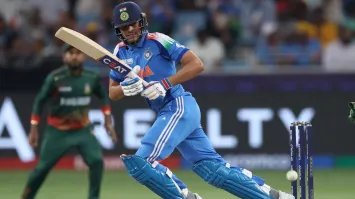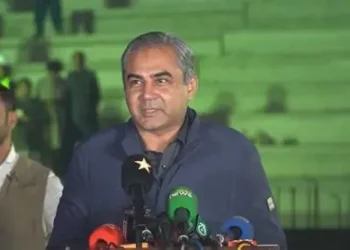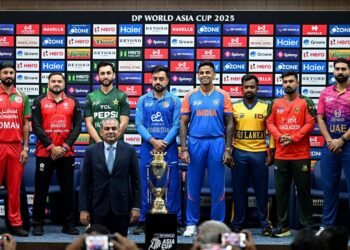It was the beginning that India required to launch their Champions Trophy campaign. Even with all the tools that establish them as a strong white-ball team, there were some concerns before the tournament, particularly regarding a spin-dominant attack.
In their six-wicket victory over Bangladesh, India successfully ticked all the boxes, demonstrating that their strategy could indeed prove successful in the Dubai conditions where other teams may find it challenging to adapt to the surface characteristics.
Initial indications suggest that the playing surfaces in Dubai may become slower as the tournament advances, putting pressure on teams that are not well-prepared to adapt quickly when needed.
With all their matches taking place here, India has additional reasons to feel positive about adapting to these conditions, as teams coming from Pakistan might face difficulties.
The fact that the match lasted 97 overs was unexpected and likely wouldn’t have satisfied India, even with the clear winning margin. Opting to bowl first, they had brought Bangladesh down to 32/5 within the initial powerplay and appeared eager to clinch a victory, as the ball was gripping and spinning.
Rather, ineffective fielding led to Rohit Sharma missing an easy catch that cost Axar Patel a hat-trick in the ninth over, along with another drop by Hardik Pandya and a stumping chance missed by KL Rahul, enabling Bangladesh to regain momentum with a 154-run stand between Towhid Hridoy (100) and Jaker Ali (68). This meant that India needed to chase down 229 to secure victory, a target that was below standard, yet one that certainly challenged their batting order to some degree.













